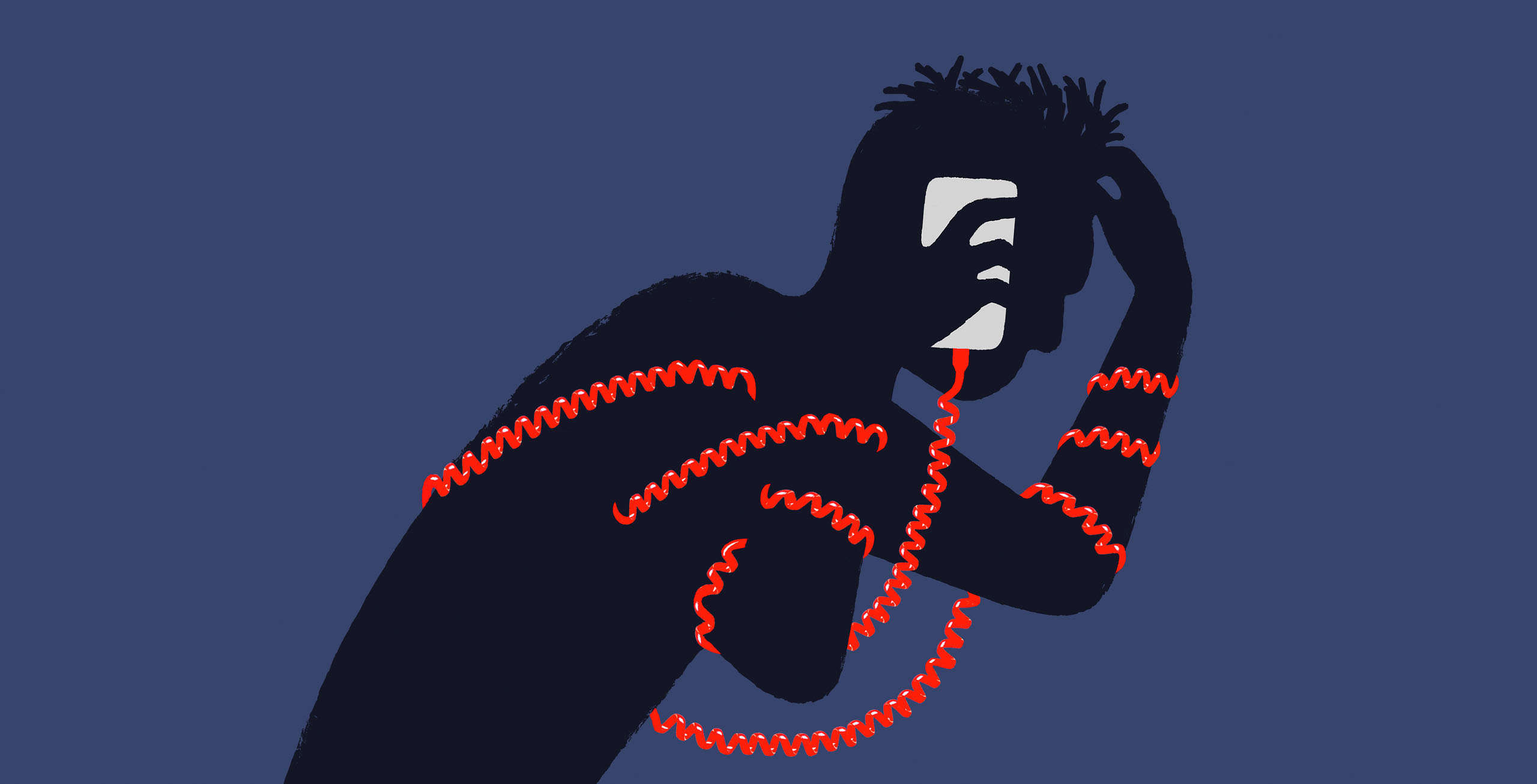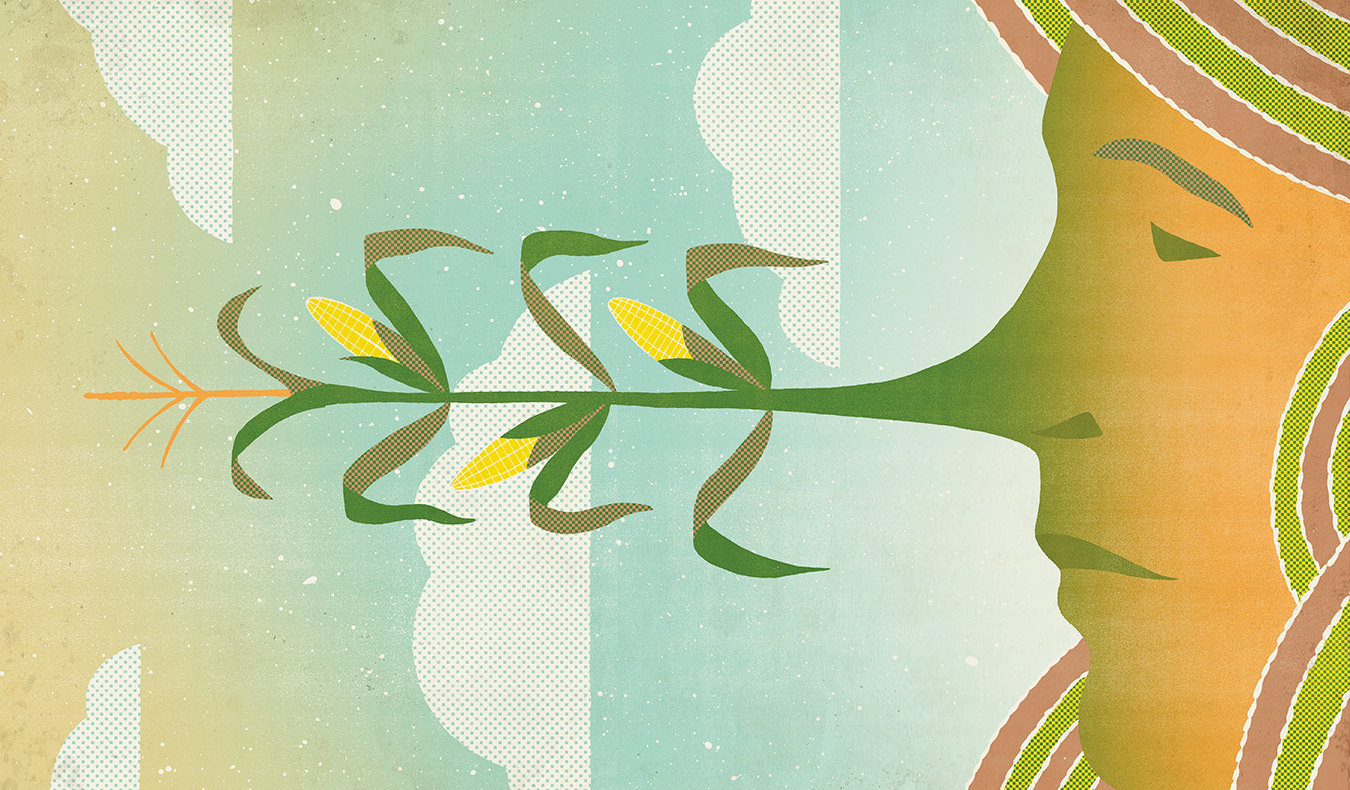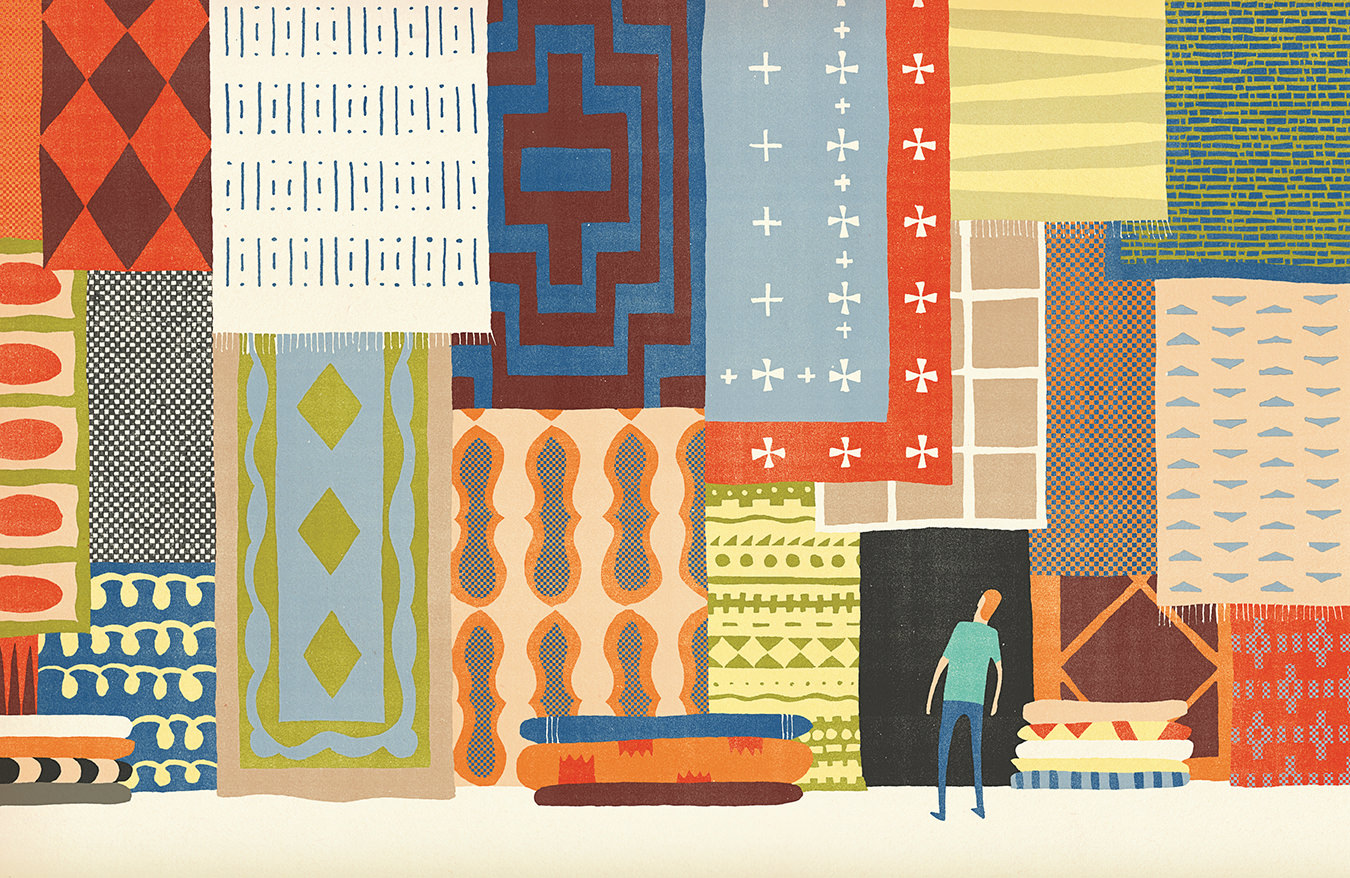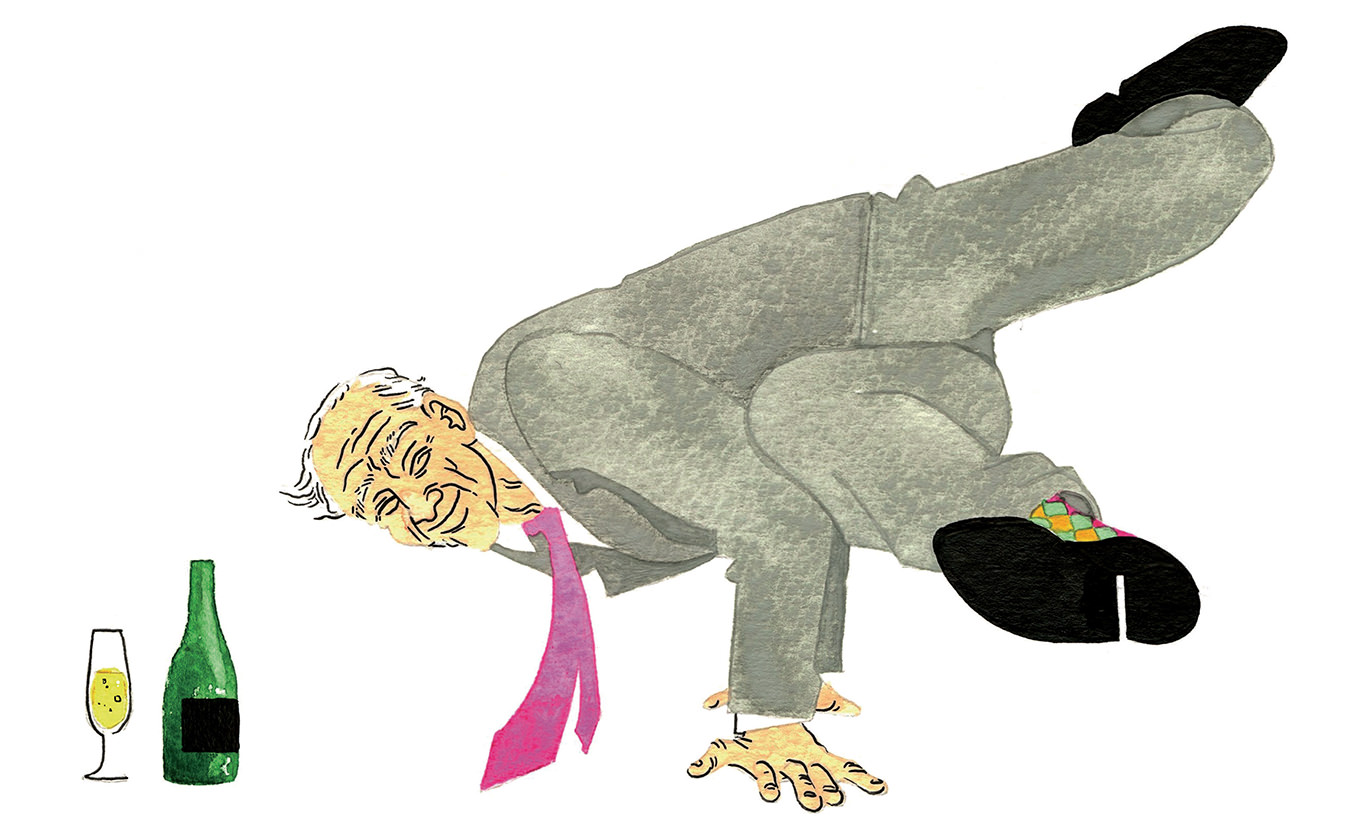This Could Have Been an Email
How different generations communicate.

I’m scrolling through my phone when the music playing on Spotify is abruptly cut off from my headphones. The meme I’m looking at is usurped by an incoming call, its jarring buzz like a knife slicing through the calm of my mental solitude.
Certain phone calls give me a specialized brand of social anxiety. The social rules of a phone call are adapted from physical interactions: small talk, pleasantries, and—to a certain extent—grace. They are themselves a performance, one focalized on tone, inflection, and timing. But without facial cues and body language as guides, talking on the phone is like waltzing with a blindfold on. We have to guide ourselves through sound alone, which leaves open spaces for blunders. Speaking at the same time, awkward pauses, or poor connections convey the same lack of rhythm as stepping on your partner’s toes.
I’m not unique in my opinion of phone calls; it’s a millennial stereotype reinforced by memes all over the internet. For a generation defined by its anxiety, it’s no surprise that the immediacy of phone calls causes millennials discomfort. Phone calls, in some situations, feel not only antiquated but also imposing—like barging into a room without asking to come in first, forcing an interaction without warning.
The communication preferences of each generation evolve alongside the technology of their time. While earlier decades were defined by landlines, the aughts marked a new era of texting—shifting phone calls down in the hierarchy. Messages could be edited and perfected before sent off, easing the terror of needing the appropriate words ready when making a phone call. The text message transformed the way we communicate, both allowing instant access yet also providing a buffer between responses. For many people, this buffer has become a sort of courtesy—a politeness in choosing to text rather than call. To nudge rather than barge. There is a paradox in the immediacy of text messaging and the space it creates for a slower form of communication.
The generational divide in comunication has become ever clearer as millennials take over the workforce. A 2018 study of 2,000 millennials by cloud phone system company Jive Communications found that 19 per cent used the phone as their main communication form at work. Comparatively, 73 per cent said they used email. For working millennials, there is a general distaste for unnecessary communication—meetings or phone calls that could have been emails instead—but for older generations, there is an element of human warmth to small talk.
What is lost through each iteration of communication technology advancements? The art of conversation? What is gained? Instant access and efficiency?
As technology advances, communication continues to be stripped down to the bare minimum in the name of efficiency. Appointments can be booked through online forms; food can be ordered to your door. Face-to-face interactions were already tapering off before COVID. And as social interactions shift to virtual realms, new generations are being brought up in a paradigm where most communication is siphoned through video chats or instant messages.
As with millennials and phone calls, young generations might grow to approach in-person interactions with the same sort of anxiety, particularly in a world where intimacy and COVID safety are at either end of the spectrum. With the same awkwardness as phone calls, face masks hide facial cues while body language is stiffened by the invisible six-foot barrier. Masks force the soft-spoken to speak up. Social distancing forces extroverts to inhibit themselves. Communicating in a post-pandemic world is like learning a new dance, finding a new rhythm.
I stare at the incoming call on my phone for a moment, anxiety rising in my stomach. I answer. It’s an automated spam call. Relief floods in, and I hang up.




